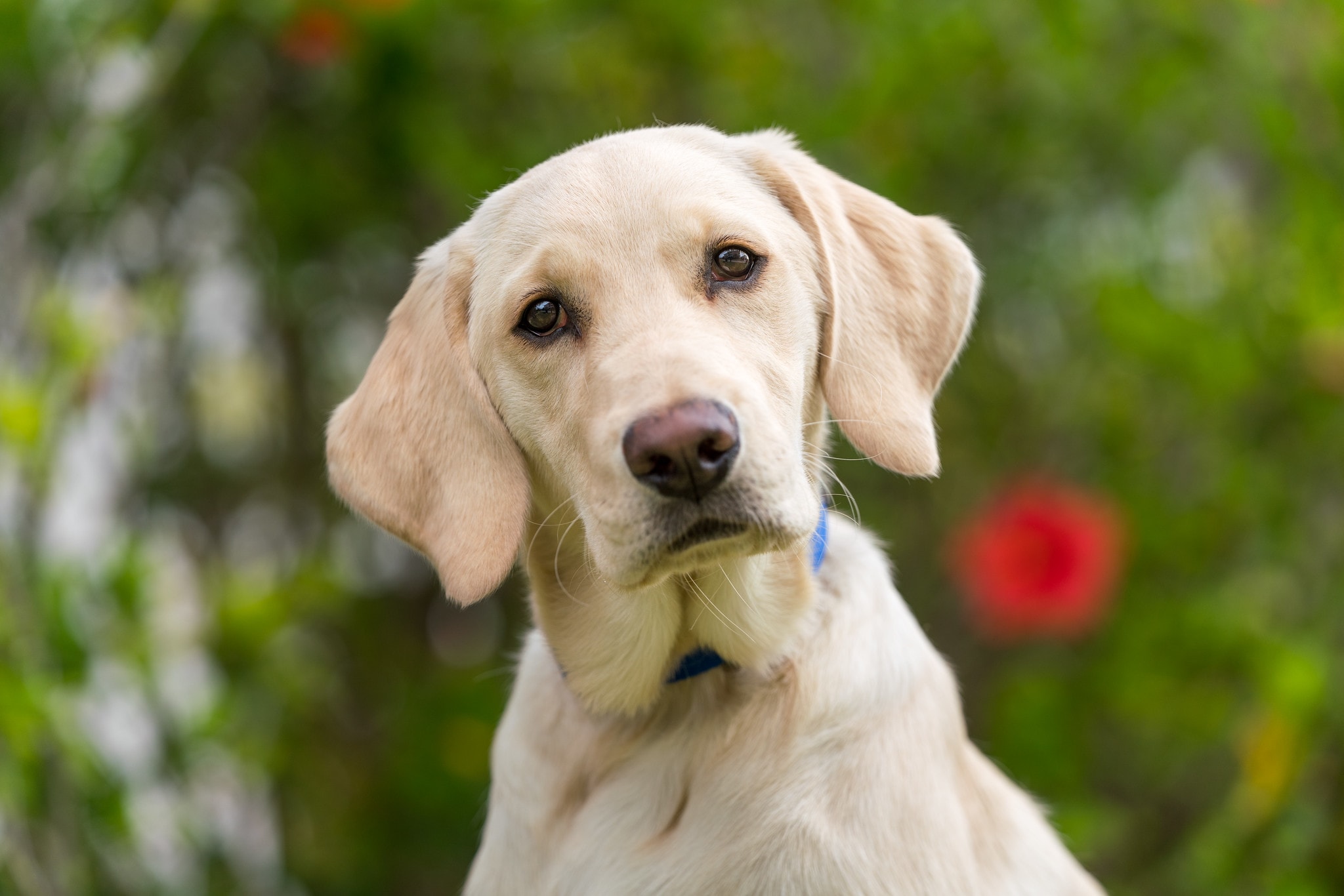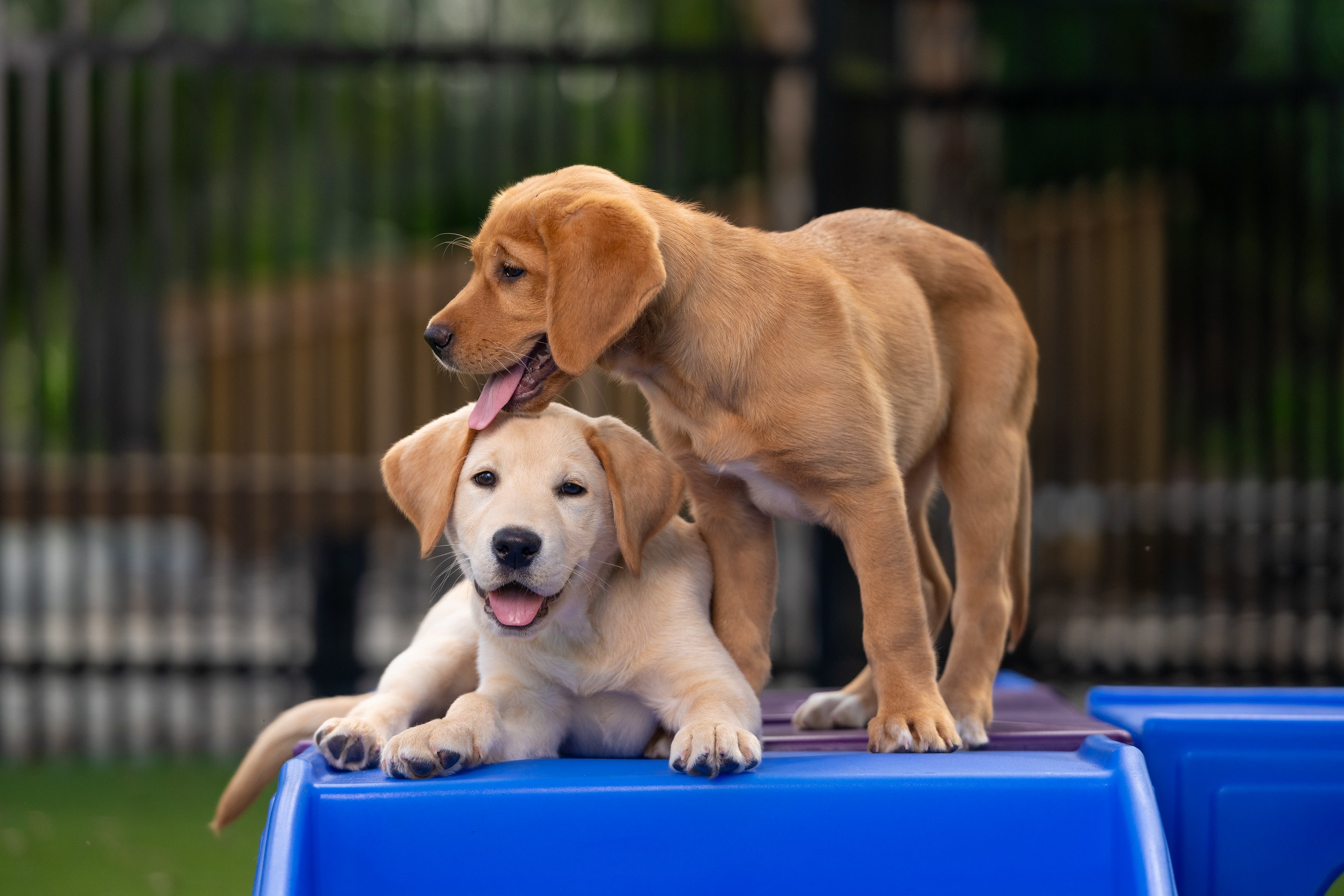
Deciphering Dog Behaviors
Understanding Canine Body Language: Unlocking Your Dog’s Behavior
When it comes to understanding your dog, their body language speaks louder than words. Canine body language offers valuable insights into your dog’s emotional state, mood, and energy levels. By observing these non-verbal cues, you can better understand what your dog is feeling and thinking. Whether you’re watching a group of many dogs or just your own, the signals they give can reveal how they’re experiencing the world.
Let’s break down some key aspects of canine communication to help you connect more deeply with your furry friend.

Investigative Behavior: Curious Minds at Work
Dogs are natural explorers, and their noses are always in action. Investigative behavior is a dog’s way of gathering information about their environment. While this is normal behavior, it can sometimes lead to distractions, especially in adult dogs.
- Nose to the ground sniffing: This common behavior is how dogs investigate scents left behind by other animals, people, or objects.
- Air sniffing with head held high: Your dog has detected something interesting from afar and is using their sense of smell to pinpoint it.
- Looking back while walking forward: Your dog is keeping an eye on their surroundings for any potential surprises.
- Head and ears erect: A sign that they are alert and listening intently.
- Pausing to listen or watch: When they stop in their tracks, they’re processing something new, using their canine communication skills to assess the situation.

Grooming Behavior: A Sign of Comfort or Stress?
While grooming can be part of your dog’s normal routine, it can also indicate stress or discomfort. Understanding when grooming is natural and when it signals something deeper is essential for a happy dog.
- Rolling on the ground: Sometimes it’s playful, but it can also be a way for dogs to relieve stress or itchiness.
- Scratching or biting fur: This could be caused by allergies, irritation, or even anxiety.
- Licking paws: A dog might do this to comfort themselves or because of an irritation.
- Shaking themselves off: Often seen after a stressful encounter, this is your dog’s way of resetting and calming down.
Aggressive Behavior: Recognizing Conflict
Aggressive behaviors in dogs can occur when they feel threatened or conflicted. Both dominant and submissive dogs can display these actions, so it’s important to recognize the signs early on.
- Raised hackles: This is a clear sign your dog is feeling threatened or agitated.
- Snapping, growling, or aggressive barking: These behaviors are warnings that your dog feels the need to protect themselves.
- Wagging the tip of the tail only: Unlike the full-body wag of a happy dog, this is a stiff, tense signal of agitation.
- Eye contact with a tense stance: A direct challenge in the world of dog body language.
Defense and Escape Reactions: When Fear Takes Over
Fear-based reactions in dogs are part of their survival instincts. If a dog feels cornered or scared, they may try to flee or defend themselves. Knowing how to approach a frightened dog is crucial for their safety and yours.
- Crouching or backing away: These signs of canine body language show fear and a desire to escape.
- Tail tucked and heavy panting: Your dog is feeling overwhelmed and is trying to remove themselves from a stressful situation.
- Yelping and showing teeth: If a dog feels especially threatened, they might escalate their response as a warning to back off.
If your dog shows these signs, approach them slowly, speaking softly to reassure them.

Dominance Behavior: Taking the Lead
When it comes to interacting with other dogs, some dogs assert dominance. These behaviors are often seen in group settings or when dogs meet for the first time.
- Pawing another dog: These are signs of dominance in canine communication.
- Growling with tail erect: A clear signal that your dog is asserting their authority over others.
- Standing over another dog: This posture shows control, especially when combined with direct eye contact.

Submissive Behavior: Yielding to Others
Just as some dogs display dominance, others show submission. This is often seen in more timid dogs or those interacting with dominant dogs or humans.
- Tail tucked and crouching: A submissive dog will often keep their body low and their tail tucked as a way of yielding.
- Rolling onto their back: One of the most obvious signs of submission, this gesture tells others they are not a threat.
- Backing away or avoiding eye contact: Submissive dogs may try to avoid confrontation by showing they don’t want to challenge anyone.

The Importance of Observing Your Dog’s Emotional State
Understanding your dog’s behavior through their body language allows you to be more in tune with their emotional state. A happy dog will display relaxed behaviors, wagging their tail freely, making soft eye contact, and approaching you or other dogs with a loose body posture. In contrast, a dog that feels anxious, stressed, or threatened will have rigid movements, avoid eye contact, and may display signs of aggression or fear.
The more you observe your dog’s body language, the better you’ll be at knowing what they need to feel safe, happy, and loved. Whether you have an adult dog or a young puppy, learning the subtleties of canine communication helps build trust and strengthens the bond between you and your four-legged companion.

